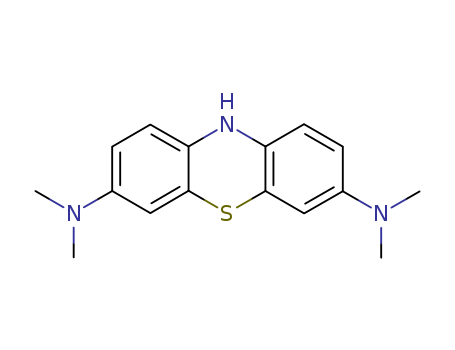10.1002/cmdc.201000225
The research investigates the interaction between artemisinins, a class of compounds derived from the plant Artemisia annua and used in the treatment of malaria, and redox-active substrates such as leucomethylene blue and dihydroflavins. The study aims to understand the molecular mechanism by which artemisinins exert their antimalarial effects, particularly their ability to generate reactive oxygen species (ROS) and interfere with the redox balance within the malaria parasite. The researchers found that artemisinins can act as both one-electron transfer agents and two-electron acceptors, potentially disrupting the function of flavin cofactors in redox-active enzymes within the parasite. The chemicals used in the study include artemisinins, methylene blue, ascorbic acid, N-benzyldihydronicotinamide (BNAH), riboflavin, flavin mononucleotide (FMN), and flavin adenine dinucleotide (FAD), among others. The conclusions suggest that artemisinins may act as antimalarial drugs by perturbing the redox balance within the malaria parasite, and their selective potency may be due to differences in sensitivity between parasite and human glutathione reductase. This research provides insights into the potential mechanisms of artemisinin resistance in malaria parasites and could inform the development of new antimalarial drugs.





